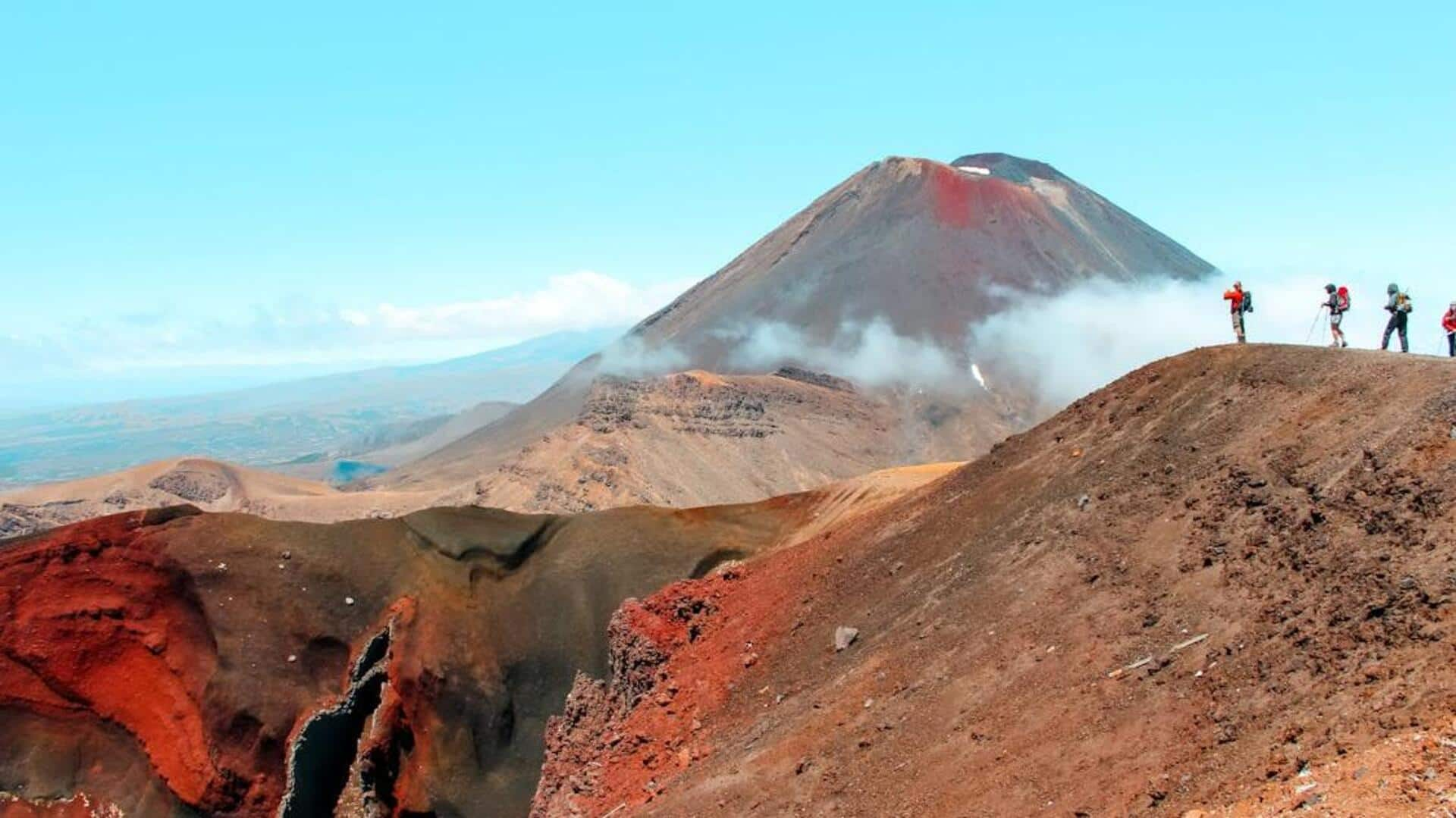
How to prepare for crater hikes
What's the story
Africa boasts some of the most stunning landscapes and its craters offer the most unique hiking experiences for adventurers. The hikes allow you to explore diverse ecosystems, witness breathtaking views, and push yourself physically. Be it a seasoned hiker or a beginner looking for adventure, Africa's largest crater hikes promise unforgettable experiences. Here's a guide to get you started, understand the terrain, etc.
Preparation
Preparing for the hike
Before you opt for a crater hike in Africa, you must prepare well. Research your chosen crater's difficulty level and ensure you have the right gear, including sturdy hiking boots, weather-appropriate clothes, and a reliable backpack. It's also advisable to carry enough water and snacks to keep your energy levels up during the hike. Hiring a local guide can give you valuable terrain insights and keep you safe throughout the adventure.
Terrain
Understanding the terrain
Africa's craters differ vastly in terrain and climate. Some are characterized by lush vegetation and a variety of wildlife, while others are drier with rocky trails. Knowing the conditions of each crater will equip you better for your hike. Keep an eye on weather forecasts, as conditions can change suddenly in these areas. Be aware of any hazards like steep inclines or loose rocks that may need extra caution.
Wildlife
Wildlife encounters
One of the highlights of hiking Africa's craters is meeting unique wildlife on the way. Many craters are home to different species of animals- birds, reptiles, and mammals- that flourish in these terrains. While meeting wildlife can be thrilling, it's important to maintain a safe distance from animals at all times- for their safety and yours. Carry binoculars if possible so you can enjoy watching them without disturbing their natural habitat.
Tips 1
Tips for an enjoyable experience
To make your crater hike enjoyable, start early in the morning when temperatures are cooler. This allows for more comfortable trekking conditions throughout the day. It also increases the chances of spotting active wildlife before the heat sets in. Later in the afternoon hours, animals often retreat to the shade to rest. Evening arrives again, bringing cooler temperatures once more.